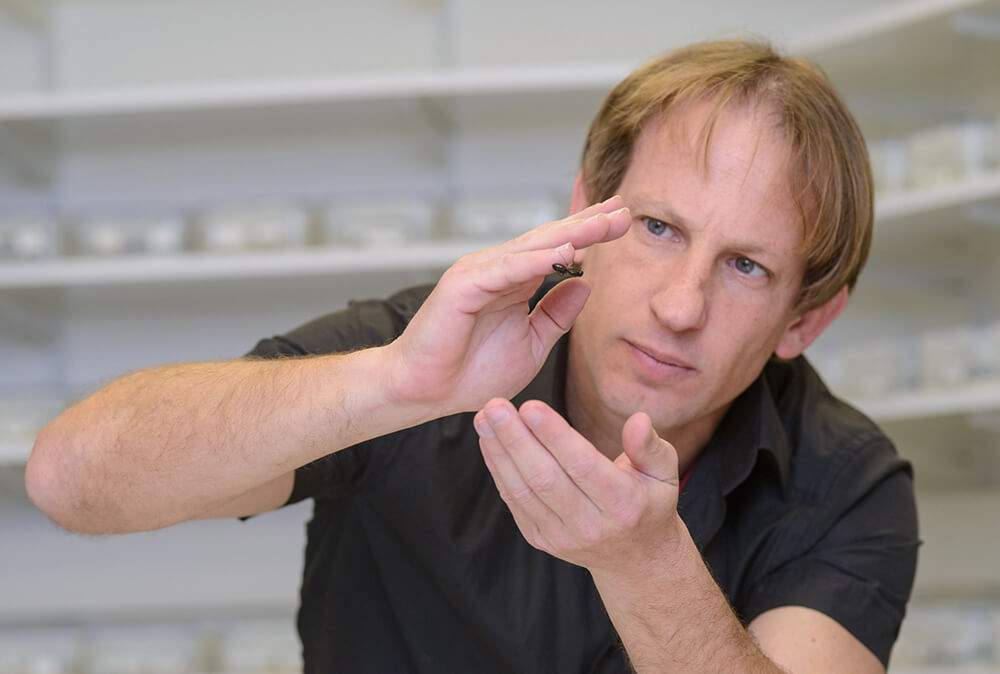Are you a journalist? Please sign up here for our press releases
Subscribe to our monthly newsletter:

An ant nest is a cohesive unit – a superorganism. This trait enables ants to rule the planet (alongside humans). But to Dr. Ehud Fonio, a zoologist by training who works in Dr. Ofer Feinerman’s group at the Weizmann Institute of Science, ants are an excellent model for the study of complex systems.
These creatures have had 120 million years to perfect social life: A single nest can contain millions of individuals. The attraction in studying them is that each nest is a decentralized system with no governing authority. Even though each ant is a very simple creature, together they manage to gather information about their environment, communicate effectively and cooperate, so that the whole is much more than the sum of its parts. From nest building to collective decision making and problem solving, their abilities often seem to match and sometimes even surpass those of humans.
Each nest is a decentralized system with no central authority
To understand how these parts come together into a well-oiled, complex system, Fonio and the group in Feinerman’s lab combine approaches from biology with the analytical tools of physics. “For example,” says Fonio, “only ants and humans are capable of carrying a load that is too large or heavy for an individual to lift. We observed how ants cooperate to lug a weight 10,000 times that of a single ant.”
One species of ant goes a step further when carrying a heavy load over natural terrain: Paratrechina longicornis, also known as “the crazy ant,” divides the work. Some individuals move small rocks out of the way, smoothing the path for the team carrying the piece of food. Fonio notes that path-clearing ants are indistinguishable from those toting the food, but the former act alone, pushing a rock aside and then scurrying back to the path to move the next one. In contrast those carrying the large piece of food cooperate completely – all the way to the nest. This behavior is somewhat surprising, since these ants are not nest builders – they inhabit existing cavities and perform no house-keeping maintenance – so the rock-clearing is only used in this particular context, and the origin of this behavior is still a mystery.
Another question Fonio has asked concerns what appear to be funerary ceremonies for dead queens: Troops of ants have been observed carrying the corpse of the queen outside of the nest, with the “pallbearers” trading off. On other occasions, while relocating to a new nest, the ants have been observed moving the carcasses of several queens along with the eggs, larvae and pupae. “It’s amazing,” says Fonio, “what one can learn, just by observing a line of ants marching down the path.”